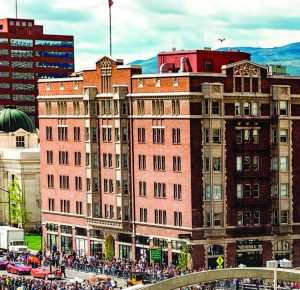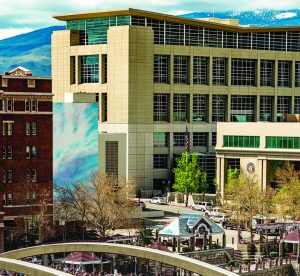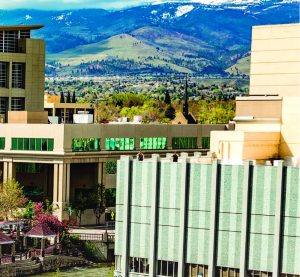Reno Sesquicentennial
May – June 2018
RENO: 150 Years in the making
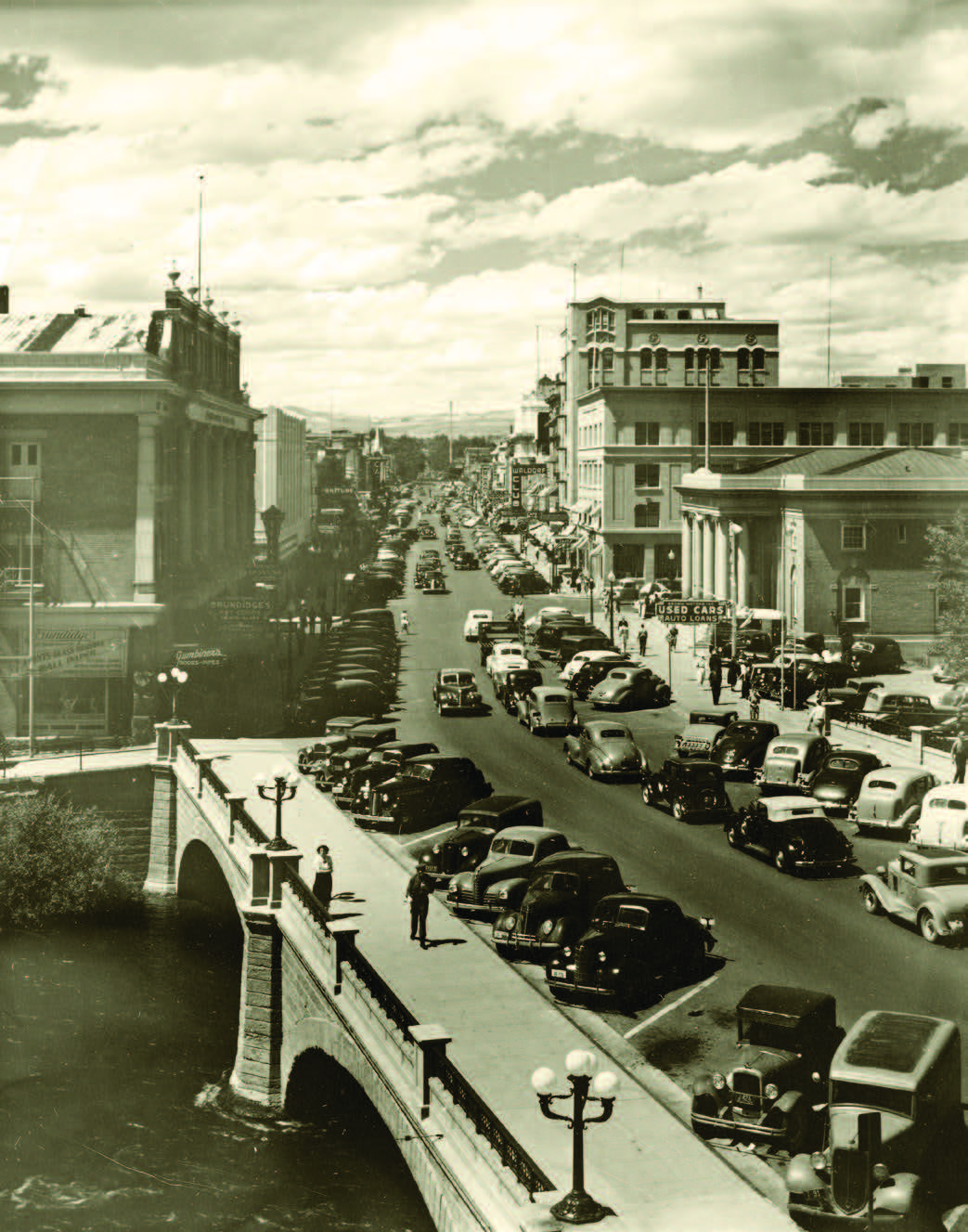
The Biggest Little City in the World looks ahead to its sesquicentennial celebration.
BY MATTHEW B. BROWN
I’ll never forget when I told a relative in 2003 that my then-fiance and I were moving to Reno. “Are you going to ride your horse to work?” he asked, mockingly. His stereotype of Reno as a dusty, raucous little railroad town would have been much more apt in 1903. But 2003?
Fifteen years later, my now wife and I still proudly call Reno home. While I didn’t set out to defend Reno in this article, I do believe, particularly during its 150th year of existence, that there’s never been a more appropriate time to celebrate The Biggest Little City in the World. For all of the bumps in the road, Reno’s path forward seems full of promise and optimism.
Even if you don’t necessarily agree with that assertion, I think all Nevadans can agree on this: Reno has a very special place among the Silver State’s historic towns and cities. On the following pages I’ve grouped Reno’s history into a handful of intriguing and relevant eras, starting with its infancy.
RENO IS BORN
Much as it is today, the Truckee River was the lifeblood of the establishment in its early days. As it was, many travelers—most in search of mining riches in California, or later, Virginia City—were challenged with how to cross it. Hence, before Reno was Reno, it was Fuller’s Crossing in 1859 and then Lake’s Crossing by 1861. (Jack Harpster delves into who, Charles Fuller or Myron Lake, should be considered the true founder of Reno in this issue on page 30.)
In the 1860s, Myron Lake slowly and surely stockpiled land along the river, which included a successful hotel business. The Central Pacific Railroad reached Reno, from Sacramento, in 1868 and bought about 160 acres from Lake. On May 9, 1868, the Central Pacific Railroad auctioned off hundreds of town lots, some for as much as $1,000, which officially established Reno, Nevada. The town was named by Central Pacific president Leland Stanford for Jesse Lee Reno, a Union soldier who died during the Civil War. The honorable Jesse Lee infamously never set foot in Nevada, let alone his namesake Reno.
A 1979 “Yuletide on the Truckee” article by Phillip Earl describes early Reno and its rough-and-tumble population of about 1,000: “At that time Reno had 13 attorneys and three doctors, but no dentist, no hospital, no bank, and no church. The community did support five hotels, five restaurants, seven saloons, and a number of retail stores, livery stables, and barbershops.”
UNIVERSITY TOWN
Originally called Nevada State University, Elko was home to the University of Nevada starting in 1874. After more than 10 years of second-guessing, including ridicule from Nevada’s influential newspapers, in 1885 state leadership decided to move the university to Reno. What began as 10 undeveloped acres on a hill north of the center of town grew to a viable institution with four major halls, two laboratories, and 150 students in just a decade.
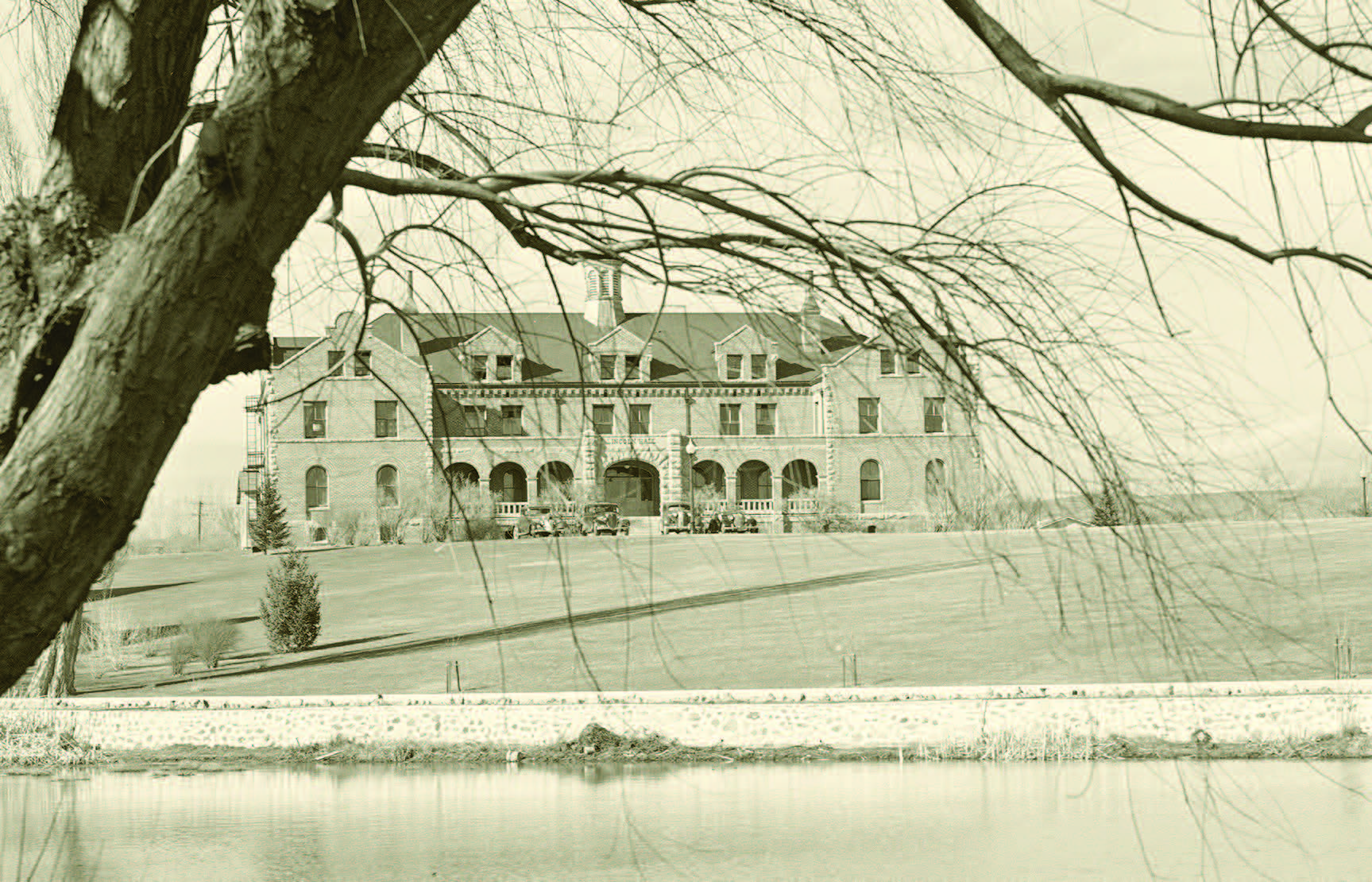
Today, the University of Nevada, Reno ranks in the top tier of best national universities by “U.S. News and World Report” and is steadily growing in enrollment. The University currently serves more than 22,000 students, and its most recent commencement conferred 1,835 degrees and certificates.
RENO INCORPORATED
On March 16, 1903, Reno officially incorporated, after a previous short-lived incorporation was reversed by the Nevada Legislature in 1899. New construction added a sense of style and sophistication to the growing town, while culturally Reno matured through the opening of the new Carnegie Free Public Library and the founding of the Nevada Historical Society in 1904. The city’s first elected mayor was George F. Turrittin, a bank president and surveyor for the State of Nevada. Turrittin served a two-year term before being narrowly defeated by Reno’s second mayor, D.W. O’Conner.
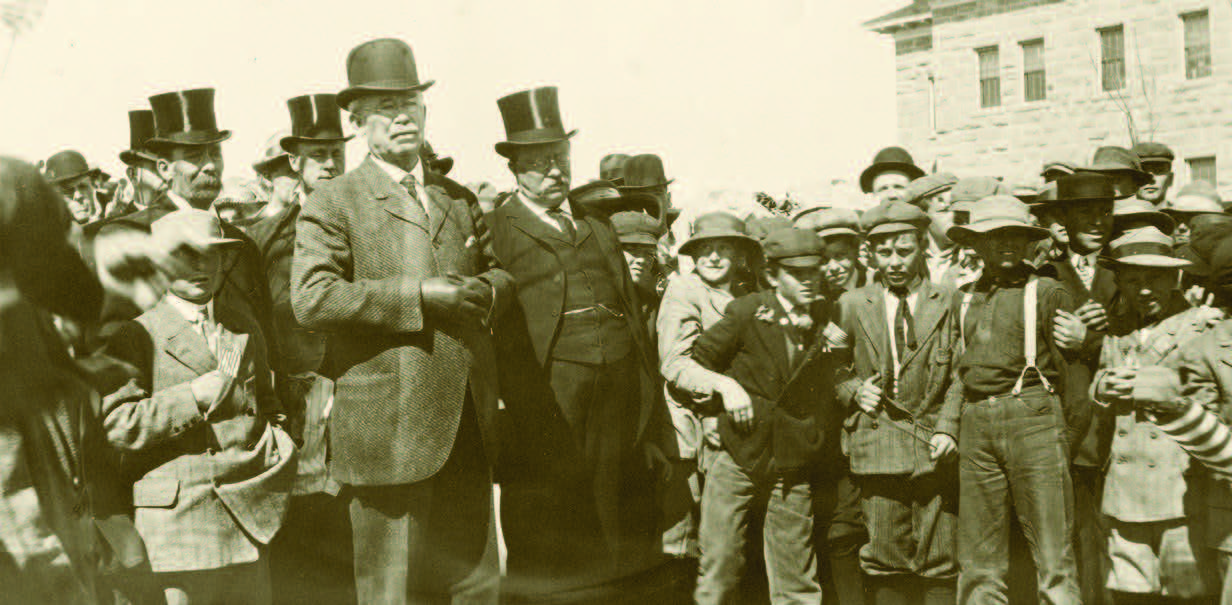
Soon after Reno was incorporated, President Theodore Roosevelt made a timely visit to the area. Roosevelt gave two short speeches in Reno: one on the steps of the Washoe County Courthouse and another at the University of Nevada, Reno.
The town burst on the national scene in 1905 with the much-publicized divorce of U.S. Steel Corporation president William Corey. Once the country discovered the potential for the migratory divorce trade in Nevada, Reno would become the divorce mecca of the world, a title it held for more than six decades.
THE BIGGEST LITTLE CITY
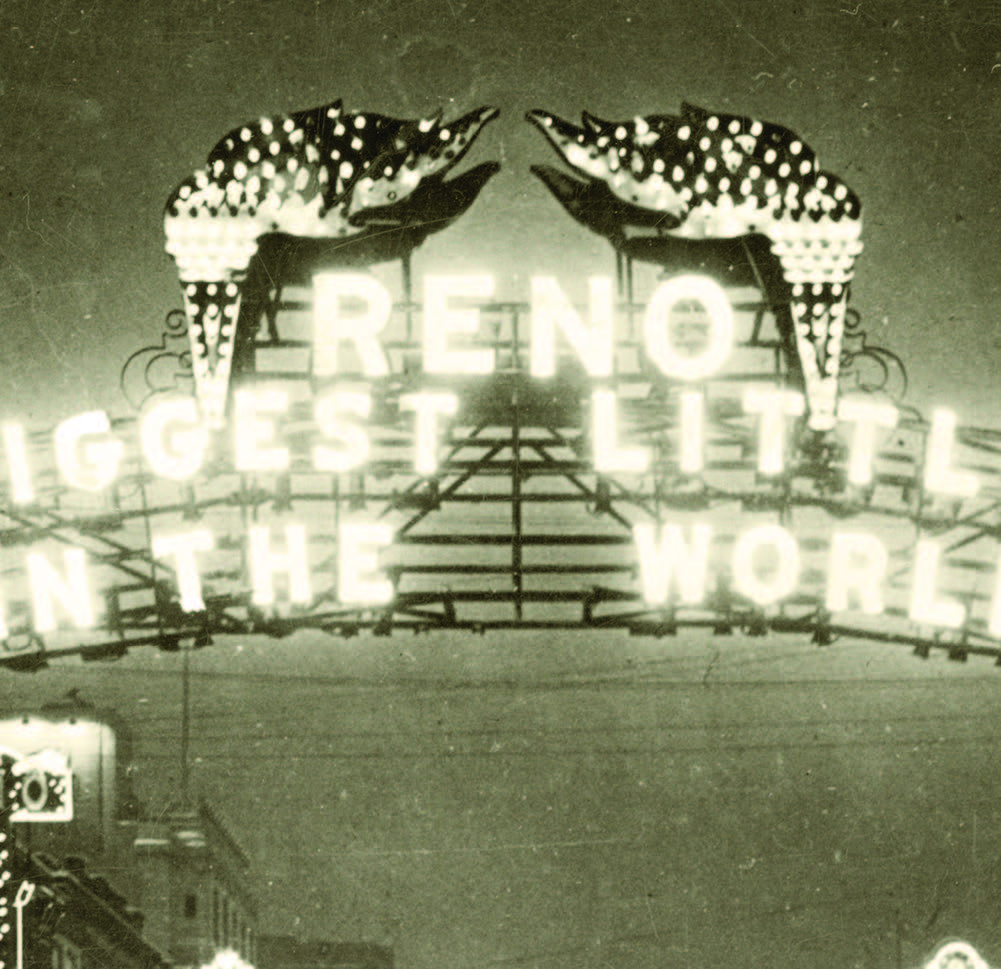
If you were to ask Renoites about the origin of “The Biggest Little City in the World” slogan that has so famously adorned different iterations of the Reno arch over the years, many would probably point to the late 1920s.
In 1927, Nevada proudly co-hosted the Transcontinental Highway Exposition in Reno along with its western neighbor, California. Reno leaders constructed a commemorative steel arch on Virginia Street, which in bright letters spelled out “Reno” as well as “Nevada’s Transcontinental Highway Exposition, June 25-Aug. 1, 1927.”
Community response to the new arch was so overwhelmingly positive, the Chamber of Commerce and city officials conducted a contest for a new slogan. G.A. Burns of Sacramento ultimately won with “The Biggest Little City in the World,” and those words were famously lit up on the Reno Arch and inaugurated on June 25, 1929.
However, our “biggest little” infatuation started much earlier than that. A reporter penned Reno as the “Biggest Little City on the Pacific Coast” as early as 1901. “The phrase wasn’t about size so much as attitude. Our communities, they were saying, might be small, but they were big in vision, pride, and opportunities,” according to National Public Radio station KUNR.
The phrase was truly brought to the forefront in summer 1910, as Reno prepared for the “Fight of the Century,” a heavyweight championship boxing match between Jack Johnson and Jim Jeffries that brought thousands of spectators to town. Locals referred to Reno as “The Biggest Little City on the Map” in promotional materials for the fight.
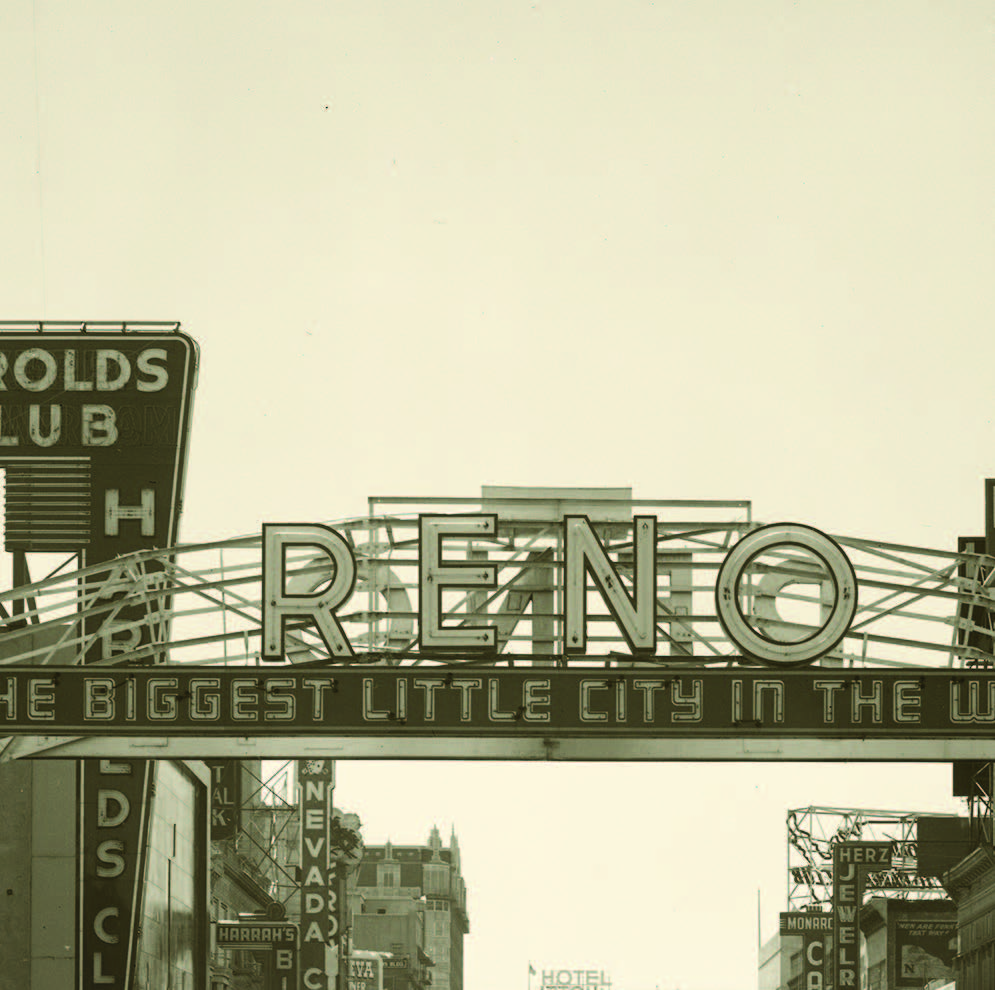
Once Nevada legalized gambling and decreased the divorce residency requirement to six weeks in 1931—soon after the new arch was erected in the center of town—Reno’s “Biggest Little City” moniker was now permanent and seared forever into the global consciousness.
“RENO-VATED” – AMERICA’S DIVORCE CAPITAL
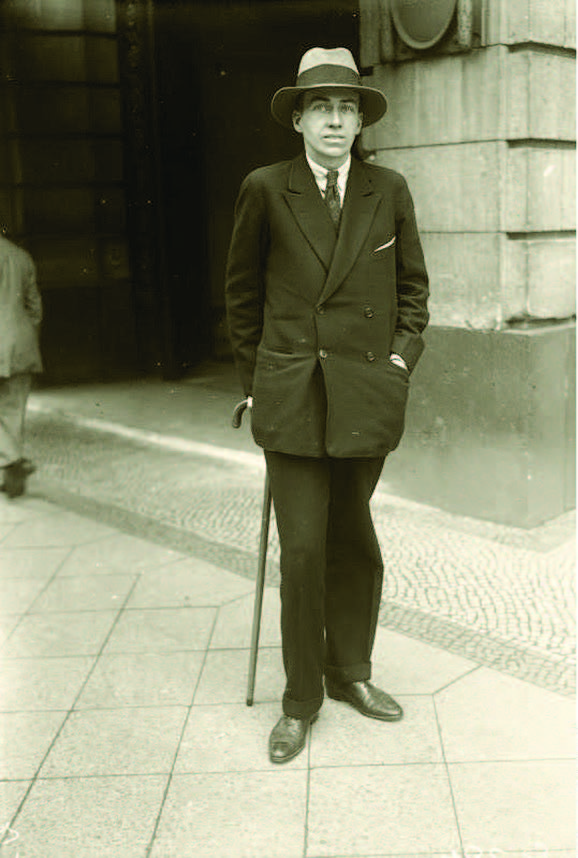
Reno adorned the national scene in the 1930s, becoming known as the place to get “Reno-vated,” a play on words used by a well-known journalist at the time to describe getting a divorce in The Biggest Little City. Three Hollywood films depicted Reno’s newly invigorated divorce trade in 1931 alone, and several more followed throughout the decade. Writers and journalists were enthralled with Reno’s wild west persona, as they obsessively tracked and documented celebrity divorces in particular.
Cornelius Vanderbilt Jr. penned the novel “Reno,” about his experience getting a divorce. The book was later made into a movie of the same name. Vanderbilt purchased two dude ranches in the Reno area, and before long a number of similar ranches had sprouted. The ranches advertised six-week stays to wealthy members of society who wished to detach from their spouse as soon as legally possible.
Thanks in part to the booming divorce business—more than 30,000 divorces were issued at the Washoe County Courthouse in the 1930s—Reno was able to rebound rather quickly from the Great Depression. Reno rode the divorce wave for nearly four more decades. By the late 1960s, the industry finally waned, and about the same time Reno’s leaders wanted to move away from the negative stigma of divorce and instead embrace a new identity: gaming and tourist mecca.
RENO’S CASINO ERA
On New Year’s Eve 1963, the city ushered in 1964 in grand fashion by erecting and lighting a new arch spelling out RENO in four yellow octagons and of course including the slogan, “The Biggest Little City in the World.” Surrounding the arch were such casino-hotels as Harolds Club, Harrah’s, and the Silver Dollar Club. In that same decade Reno debuted two new convention centers, and Interstate 80 through Reno was completed by 1974.
In 1970, the Reno City Council voted to abolish the city’s so-called red line, which kept hotel-casinos confined to a small area of downtown. The zoning change resulted in several new casino establishments in the 1970s, including the Eldorado, Circus Circus, Sahara Reno, Fitzgerald’s, Reef Hotel, Sundowner, Holiday Inn, and Monte Carlo. The enormous MGM Grand capped the boom when it opened with more than 1,000 hotel rooms in 1978.
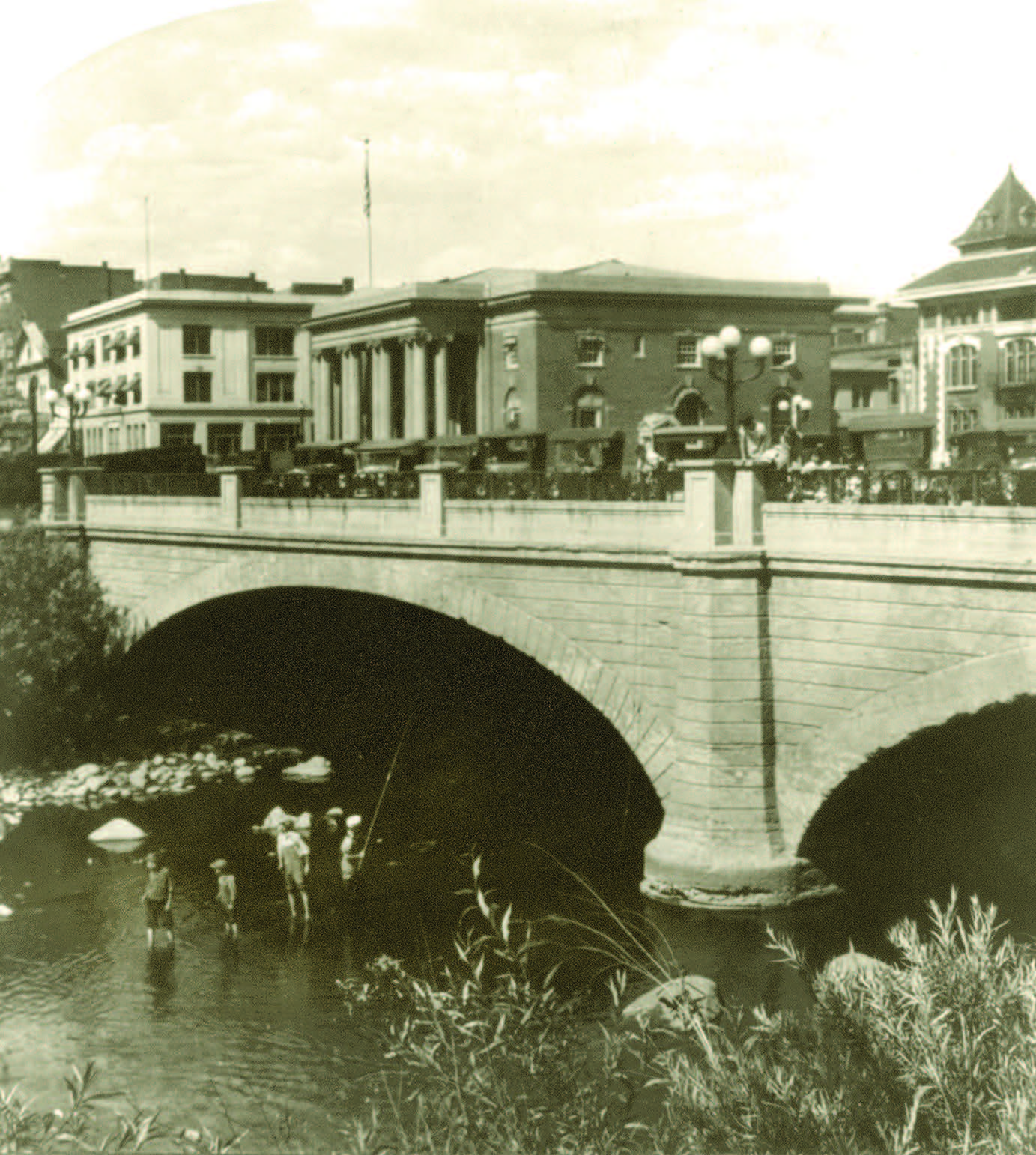
Reno was without a doubt a casino town, and its growth— the population exceeded 100,000 by 1980—was tangible.
Thousands of people gathered downtown for the enthusiastic lighting of yet another new arch on Aug. 4, 1987.
Some, such as former Mayor Barbara Bennett, elected in 1979, felt as if Reno might be growing too fast for its own good. Regardless, in just one century, it grew from a town of less than 10,000 people to a city boasting a population of nearly 200,000.
FOCUS ON DOWNTOWN
The 2000s have been highlighted by several major projects in the downtown core. The ReTRAC project, which lowered train tracks that once ran through downtown, was completed in November 2005. That same year, the Reno Events Center opened. Aces Ballpark, a 10,000-seat minor league baseball (and now soccer) stadium, opened in April 2009.
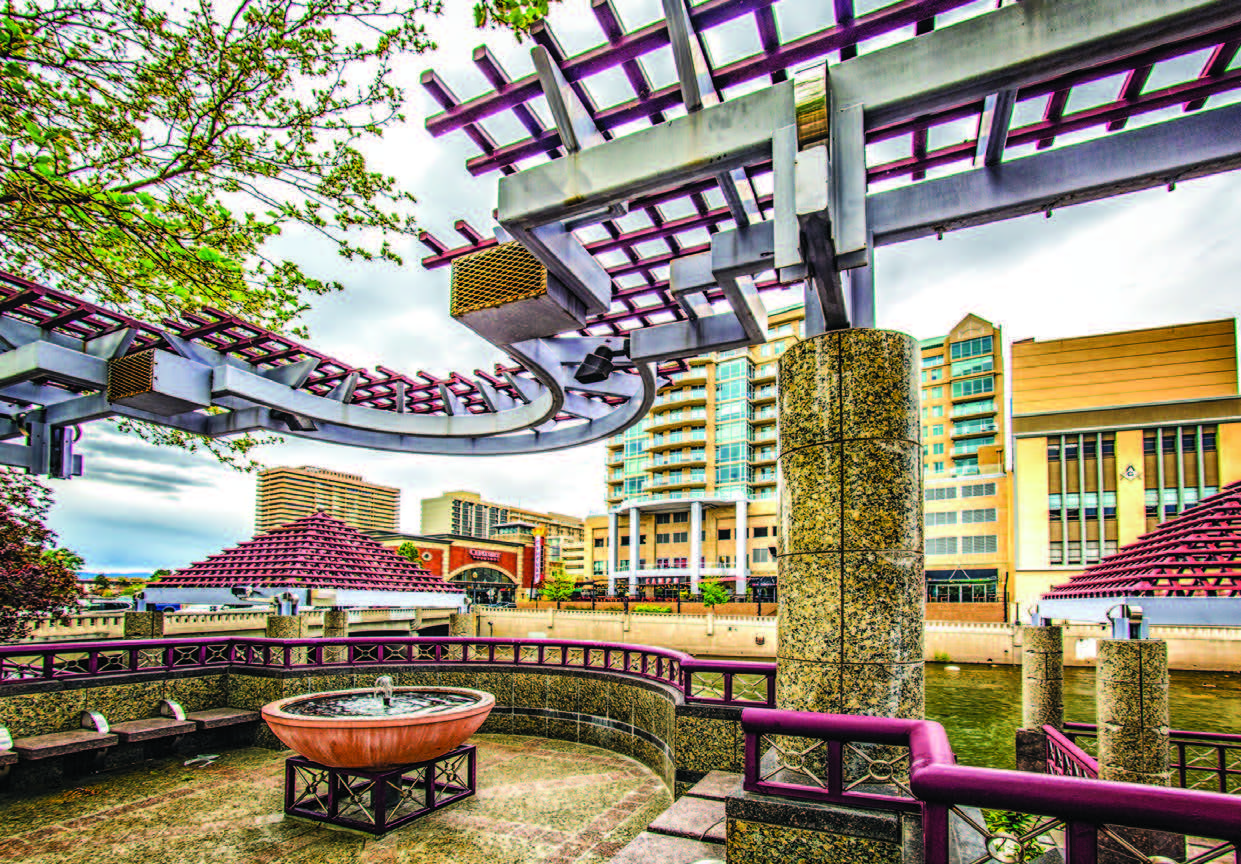
A revamped Riverwalk District and new Whitewater Park also sprung up in the mid-2000s and capitalized on the very thing that got Reno started: the Truckee River. Could Charles Fuller and Myron Lake have predicted it? Probably so. Thankfully for us who call it home today, the two pioneers realized Reno’s potential.
RENO’S FUTURE – A CITY OF OPPORTUNITY
“Reno has always been a town of contrasts: cosmopolitan on the edge of the desert; the academy uphill from the gambling district; the darkness and despair of the human soul amid exquisite natural beauty,” according to Online Nevada.
A city of contrasts, indeed, with a diverse history.
So what is Reno’s future? What does the next 150 years hold?
Reno Mayor Hillary Schieve couldn’t be more excited about where Reno is going.
“I think there’s an energy about Reno right now, and it’s great that it’s our birthday because it gives us the opportunity to reflect and celebrate and tell our wonderful history,” she says.
“I think we have one of the best backyard playgrounds in the country, and the quality of life here is tremendous.”
New Virginia Street Bridge grand opening, April 12, 2016
She mentions the positive impact of the new Virginia Street Bridge, completed in April 2016: “I think it signifies the new Reno and bridges our community into downtown.”
Businesses are encouraged to open their doors in the Reno area, she says. She’s also proud that companies are building and investing in Reno, “because we have conveyed that we are a city of opportunity.”
Along with the other members of the Reno City Council, Mayor Schieve values citizen engagement, diversity, and community input—the collective voices that will continue to shape the city’s vision.
“We truly are becoming a city where the residents have a say in what’s going on here,” she adds. “We want this to be a place people are proud to call home.”




